In 2008, there was an extremely urgent and serious flight accident in Australia.
At the time, the Australian flight 72 was flying from Singapore to Perth, West Australia, where Captain Kevin Sullivan leisurely enjoyed the sea of clouds in the cockpit, and no one thought that a breathtaking air escape was about to take place on what seemed not to be a long flight.
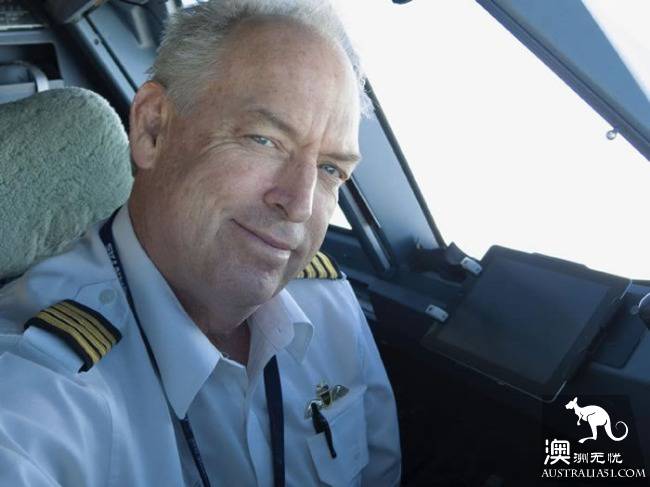
While the plane is in autopilot, Captain Sullivan is trying to take a nap, which is the wrong choice, and an energetic pilot is the greatest safeguard for passenger safety.
Just as he held his head to rest for a while, the computer in front of him sent him a flight status notice.
That's what the computer says.
Due to atmospheric problems ahead, the aircraft will continue to travel 650ft on condition that it drops to 8.5 dgree.
Sullivan subconsciously examined the atmospheric indicator and found that there was no anomaly in the atmosphere, and that if the plane decelerated without any change in the atmosphere, the result would be … Crash!
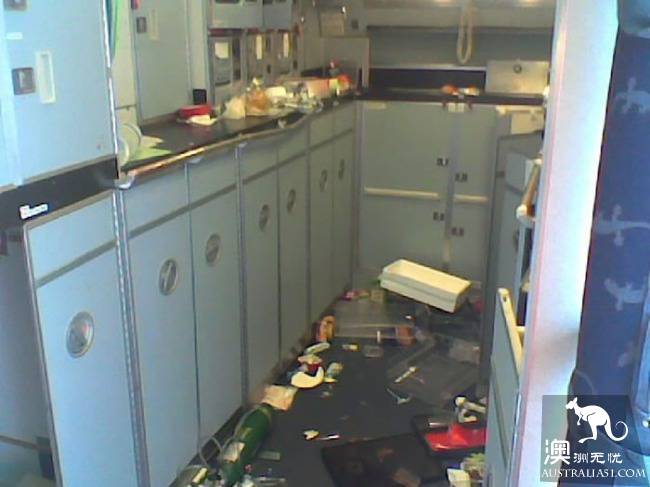
He did not allow him to slow down, a violent jitter made him almost fly from the seat, he hurriedly issued a command to the computer to cancel the deceleration, but the computer is like a "deaf", did not listen to.
Through the windshield, Sullivan saw that they were rushing towards the Indian Ocean.
When he saw this, everyone knew that if no action was taken, the plane would become a "spaceship," so he quickly grabbed the joystick and switched the plane to manual mode, even so. The joystick did not react until more than a dozen seconds after the command was given.
In an emergency, the plane swings and wobbles in the air, and Sullivan uses everything he can to stabilize the plane's course, landing as safely as possible at Perth Airport!
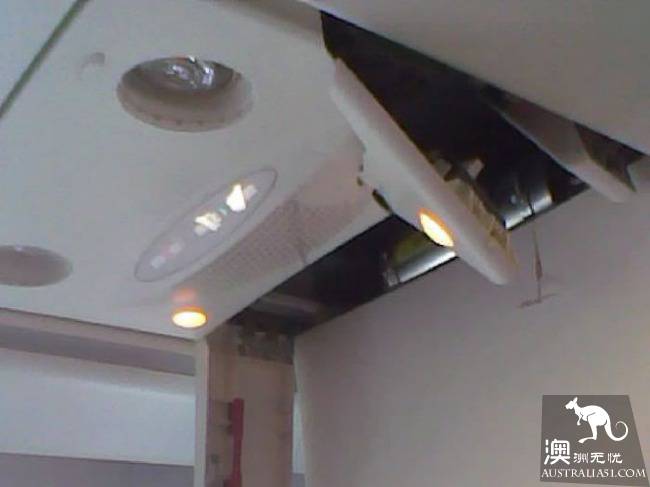
In the end, God bless, the plane landed safely at Perth Airport and the plane was torn up after it landed. According to Captain Sullivan, people had spinal cord injuries, broken bones, and huge bruises and cuts to the head of the child. One crew member and 11 passengers were seriously injured and 8 crew members and 99 passengers were slightly injured.
Fortunately, there were no casualties in the accident, and Captain Sullivan saved 315 passengers with his own experience.
The cause of the accident was a problem with the aircraft computer's algorithm, issued incorrect instructions and refused to be debugged.
The aircraft's manufacturer said: "as long as it is a procedure, it will not be impeccable."
To that end, Captain Sullivan, who has had years of debate with autopilot computers, said flight modes such as "man-machine combination" were dangerous and the results were questionable.
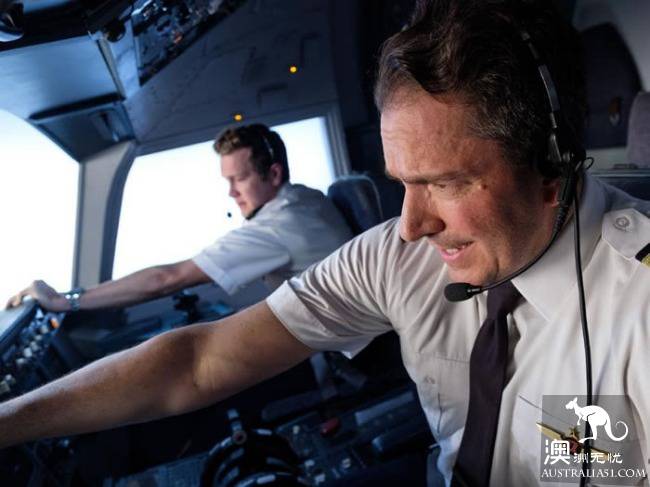
In 2016, Captain Sullivan was fired for "post-traumatic stress disorder in flight," and his dispute with aircraft autopilot came to an end.
It was not until today, ten years after the incident, that Sullivan, in an interview with Dailytelegraph, revealed the secret that affected all aircraft.
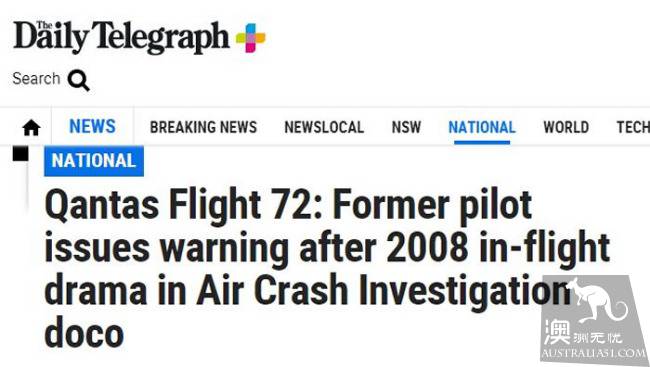
Dailytelegraph: Qantas Flight 72: veteran pilots warn all aircraft
Many people feel that a glitch in the flight system is not fatal, as long as no one dies, it is no big deal.
The results seem to be true, according to the 2015 statistics, according to the International Air Transport Association (IATA) report that, with the exception of those resulting from criminal acts, there have been no worldwide reports of fatalities among passenger passengers on civil airliners.
So can this show that the "man-machine combination" driving mode, will be sure to be safe?
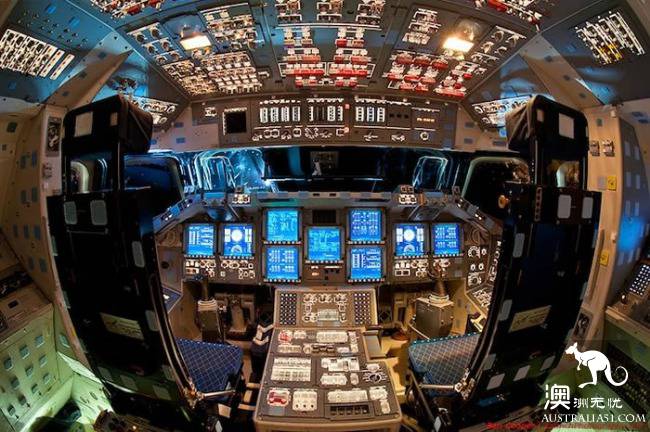
On June 1, 2009, a year after the Qantas accident, Air France Flight 447 was flying from Rio de Janeiro, Brazil, to Paris, France.
When the plane flew over the central Atlantic Ocean, it was hit by a tropical storm and the entire A330 plane crashed into the sea, killing all 228 people on board.
Just four years after the accident, a Asiana flight fell in the warm sun at San Francisco Airport in July 2013.
It passed through the clouds, avoiding the air, but failed to flash through the breakwater at the end.
After crashing into the breakwater, the tail of the entire plane broke and the fuselage rolled back and forth on the runway, killing three people and seriously injuring dozens of others.
In these two accidents, the reason why the plane suffered from storms and even crashed into a breakwater is precisely the so-called "man-machine combination" driving mode. Pilots believe that computers can prevent aircraft from halting in mid-air. It prevents the plane from crashing because it is too slow. Unfortunately, the computer has not done so.
Some people have carried on the research to this man-machine mixed operation mode, but the result is astonishing.
The combination of such operations is not only unscientific, but also an important reason for many air crashes!
Even more frightening, this mode of operation is still being used more and more widely.
According to the survey, many drivers become particularly confused when faced with complex automation components.
If something goes wrong, they can't even figure out when the autopilot will end and when their personal duties will begin, so that hearing the description will make it impossible for them to do so, and it will naturally lead to an air crash.
Although there are many man-machine mixed operation accidents, most of the time, there are no passenger casualties, and this is not the reason why this mode of operation is not questioned.
No death does not mean there are no mistakes in the flight. Although the industry has done its best to prevent all kinds of man-made accidents, there will still be some flight accidents related to the crew. Such as ignoring system alarms, mishandling of flight operations, improper handling of system failures, and neglect of other crew members.
The picture shows the Tenerife air crash
In October 2009, the Northwest Airlines pilot made a flash, and on the route from San Diego to Minneapolis, when the plane reached cruising altitude, the pilots began chatting with each other for nothing to do with the voyage. The pilots, distracted by chat, missed the call for air traffic control when another plane was on their route and had not noticed that they had flown over the destination airport.
In the end, though, they re-established radio contact with the ground, found a "way home" and landed safely at the airport. But the crash also highlights how highly automated flight-driving systems depress pilots' attention and affect their performance.
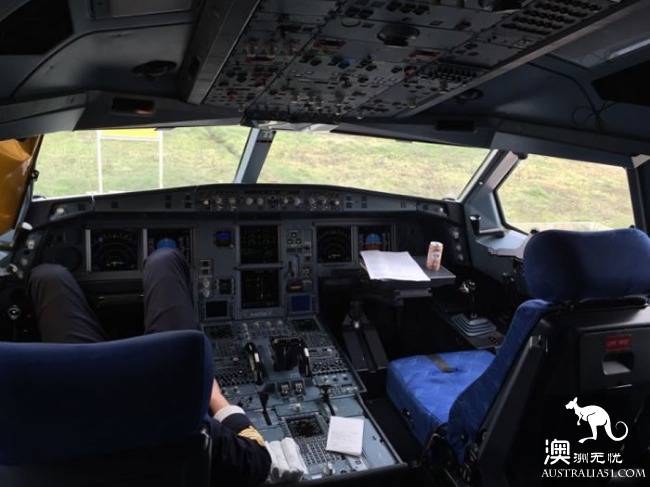
Over-reliance on automated flight operating systems erodes the pilot's basic manual skills and makes the crew more distracted.
These more advanced, more efficient aircraft operating systems have greatly reduced flight costs, but at the same time the role of pilots is becoming less functional in flight, and they no longer need to focus on the entire voyage.
In a typical domestic route, autopilot can even accomplish 95% of its workload. Autopilot systems usually start working when the plane takes off up to 1, 000 feet, and pilots do not need to operate during flight. The plane didn't have to take part until the last few thousand feet before landing.
How does this over-reliance on the flight system affect pilots?
The result is conceivable.
Fruit Shell once posted such a chart in an article:

As can be seen from the picture, from 1950 until 2010, the biggest cause of the crash is the pilot error.
Pilot errors are inextricably related to over-reliance on flight operating systems. Even research suggests that humans may not be good at observing how computers work by nature, making monitoring tasks themselves a recipe for mistakes.
Sometimes, when in danger in the air, this kind of operating system will cover all the pot all over the pilot's head, let them do not know what to do, dizzying!
Remember the engine explosion that happened on Qantas flight 32 in November 2010?
Qantas Flight 32, with 469 people on board, had 650 control circuits cut off by the engine explosion, while the then pilot, Richard de Crespigny, received 120 command menus from the system when he tried to land at Singapore's airport, and the captain and the co-pilot were suddenly stunned by the fact that the pilot and the co-pilot were in a daze when they tried to land at the Singapore airport. In this way, missed a few seconds of valuable operation time.
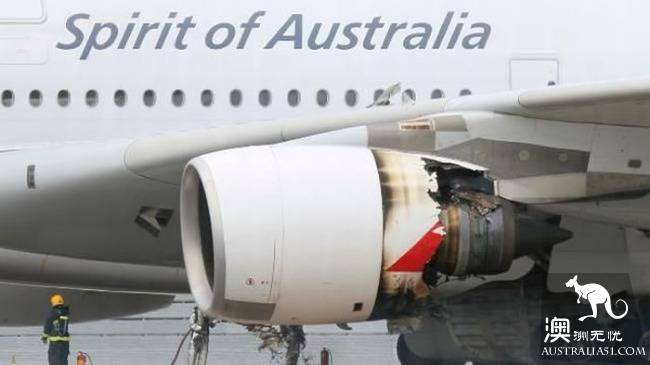
Australian Airlines flight 32 in transit engine explosion, then successfully forced landing at Singapore Changi Airport, no casualties.
So, the pilot error is really the cause of most accidents, so what is the cause of the pilot error?
In many cases, this is precisely the man-machine hybrid mode of operation that is applied to all aircraft.
A NASA research psychologist and a professor of brain and psychological science at the University of California, Santa Barbara, have done a study. The study looked at why such monitoring errors occurred in even highly trained and experienced airline pilots, and the results of the study were eye-popping.
In the journal Awareness and Cognition at that time, the two co-published an article, High Energy early warning: diligence, distraction, and desertion, which led to the failure of the actual detection task.
The researchers assigned 16 commercial jet pilots the task of monitoring simulated routine flights involving cockpit automation at altitude in aircraft navigation and guidance.
Previous research has shown that monitoring a computer-just sitting still staring at the digital screen-is a tiring process that can lead to a lack of concentration.
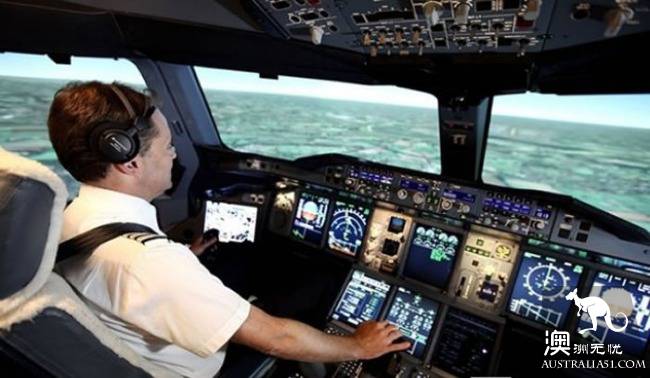
The researchers found that the same was true in the case of a simulated flight cockpit.
"our research does show that vigilance is a very difficult task for humans," said Jonathan Schooler of the University of California. "long uninterrupted surveillance can be exhausting."
In other words, in the man-machine mixed operation of this mode of operation, human pilots appear work errors, is a very normal thing, no mistakes are not normal …
And at this point, if there is a sudden error in the system, will the pilots be able to react immediately to avoid making a big mistake?
Unfortunately, the result was negative.
The researchers suggest that it is best to assign the task of monitoring the work of the computer to … Other computers.
This makes people wonder if humans should quit the cockpit.
According to creatively, NASA (NASA) supported the experiment in 2013, and NASA said the new generation of light jets would use only one pilot's single-pilot model, but that would also add to the pilot's burden. The ultimate goal of NASA is-no driver.
This decision sounds ridiculous. What is the difference between flying and riding birds without a pilot?
But all flight researchers admit that reducing the number of pilots from two to one is just an intermediate step, and the ultimate goal is no pilot.
The researchers say computers respond much better to changes in the outside world in a short period of time than humans, including, of course, other computers.
For example, in the above-mentioned "Human Test computer system" experiment, if a computer is used to monitor a computer, any system accident can be solved instantly, because the speed of communication between the human eye and the human brain is never comparable to that of the human eye. The speed of transmission between the sensor and the processor.
It all sounds like a fantasy, but the real drones have quietly come to us.
For example, Boeing 787 and Airbus A350 are equipped with flight control computer systems, and the computer-controlled flight systems of these models have laid an early stage for self-driving technology.
In the past, in the event of an emergency, pilots needed to perform a series of operations based on electronic screen prompts in order to ensure the safety of the aircraft, but now they do not have to worry about them. Who gives advice to who solves-the computer will automatically complete these tasks.
But sometimes, that's not exactly the case.
We humans are undoubtedly superior to computers in judging irrelevant matters.
On January 15, 2009, the famous Hudson River landing was due to the correct judgment of Captain Chelsey Sullenberger, who made the right choice to successfully land the Airbus A320 on the Hudson River to avoid a plane crash.
Captain Chelsey became famous later: captain Salie.

On July 19, Nineteen Eighty-nine, United Airlines crew members successfully landed their semi-disabled McDonnell DC-10 aircraft in Soochow, Iowa, as a result of the center engine explosion. The flight control system of the plane was completely out of use at that emergency.
The human pilot's choice once again saved the entire plane's passengers.
At present, however, aircraft driving mode seems to be facing this dilemma, the widely used man-machine mixed driving mode unexpected, the computer has become too powerful to human control, on the other hand, Drones also have all sorts of hidden dangers. For now, it is still just an idea to send the drones to the sky as a passenger plane. In any case, the cockpit will be full of pilots.
People are still looking for one of the safest modes of driving, but if there is a plane without a pilot, do you dare to ride?